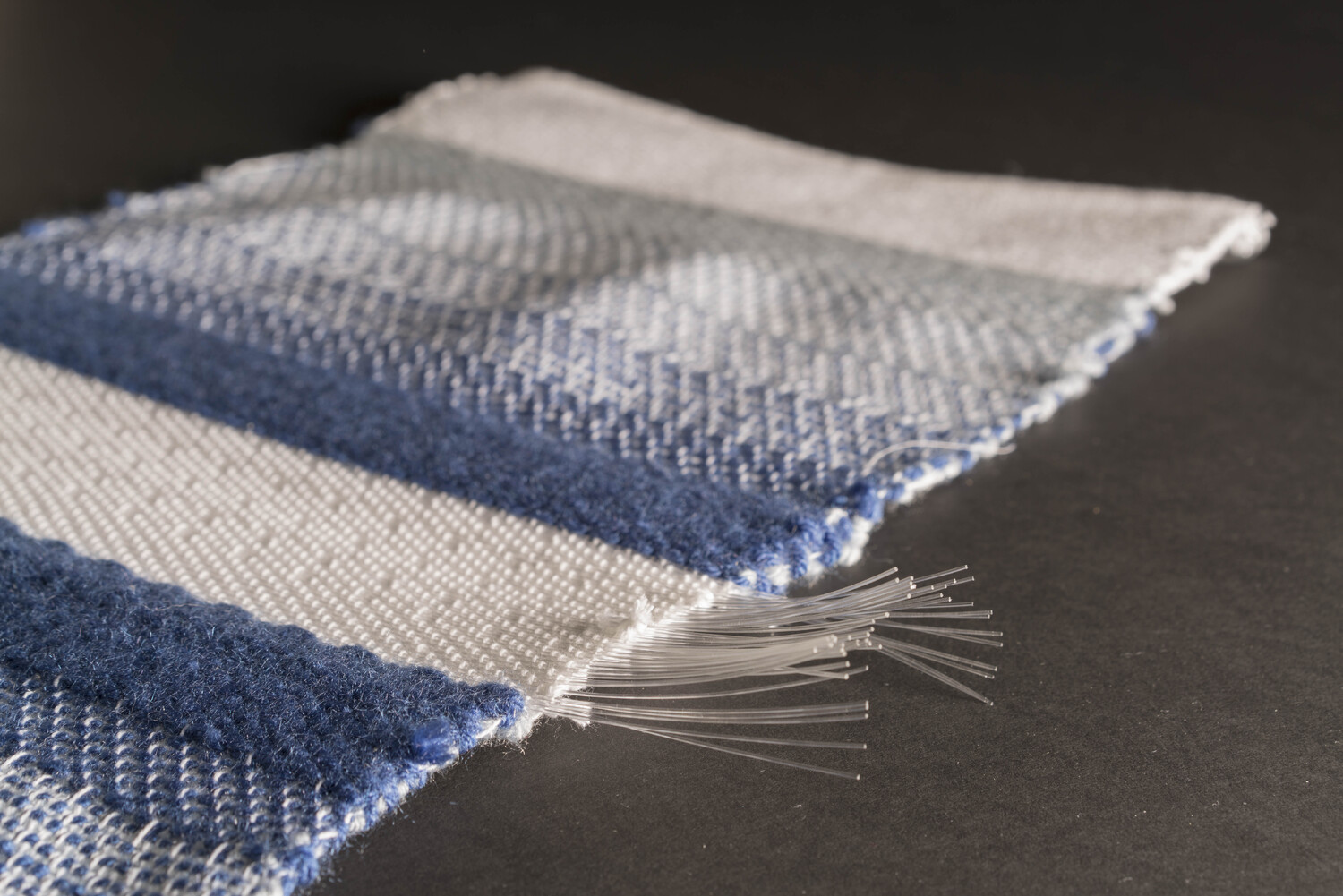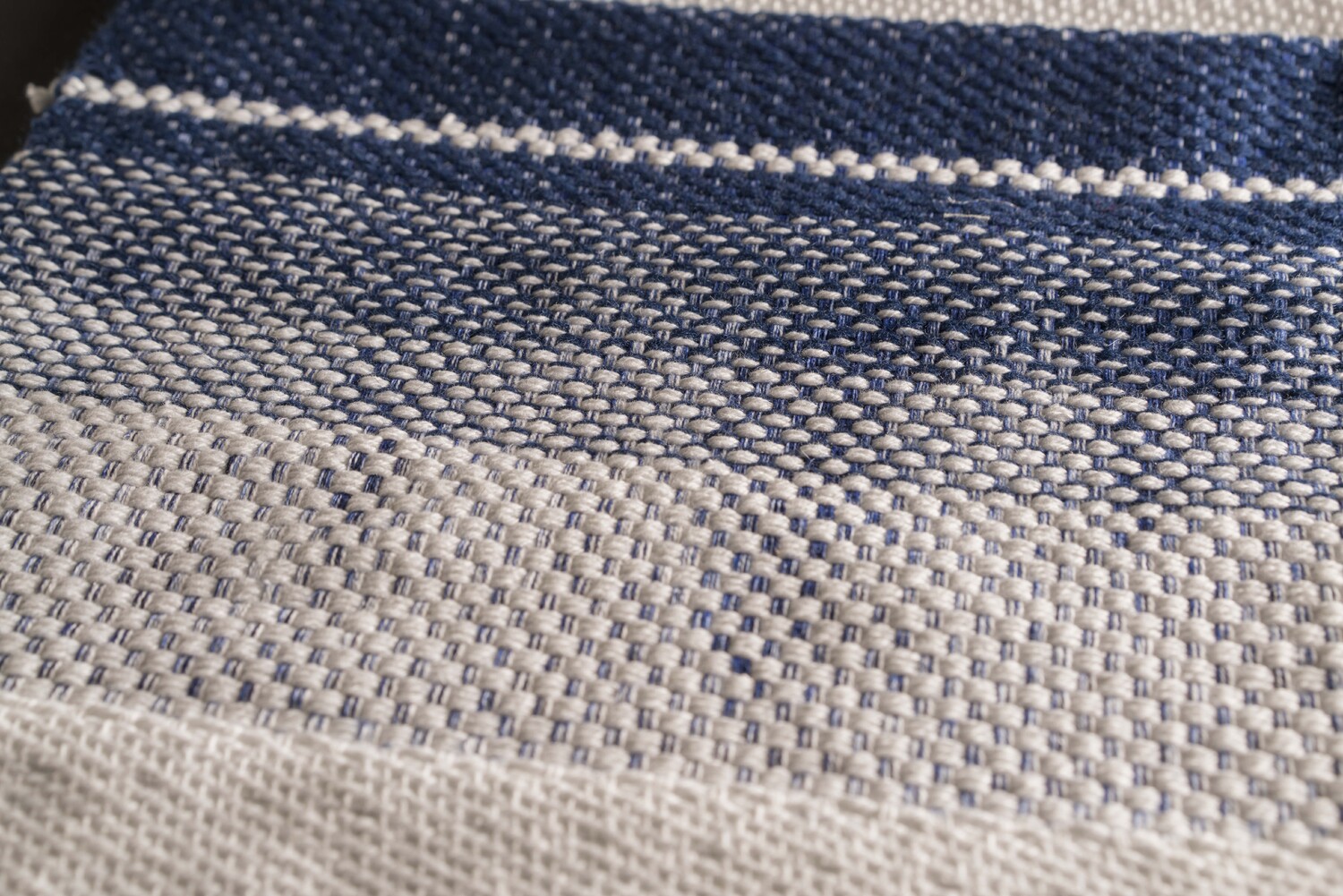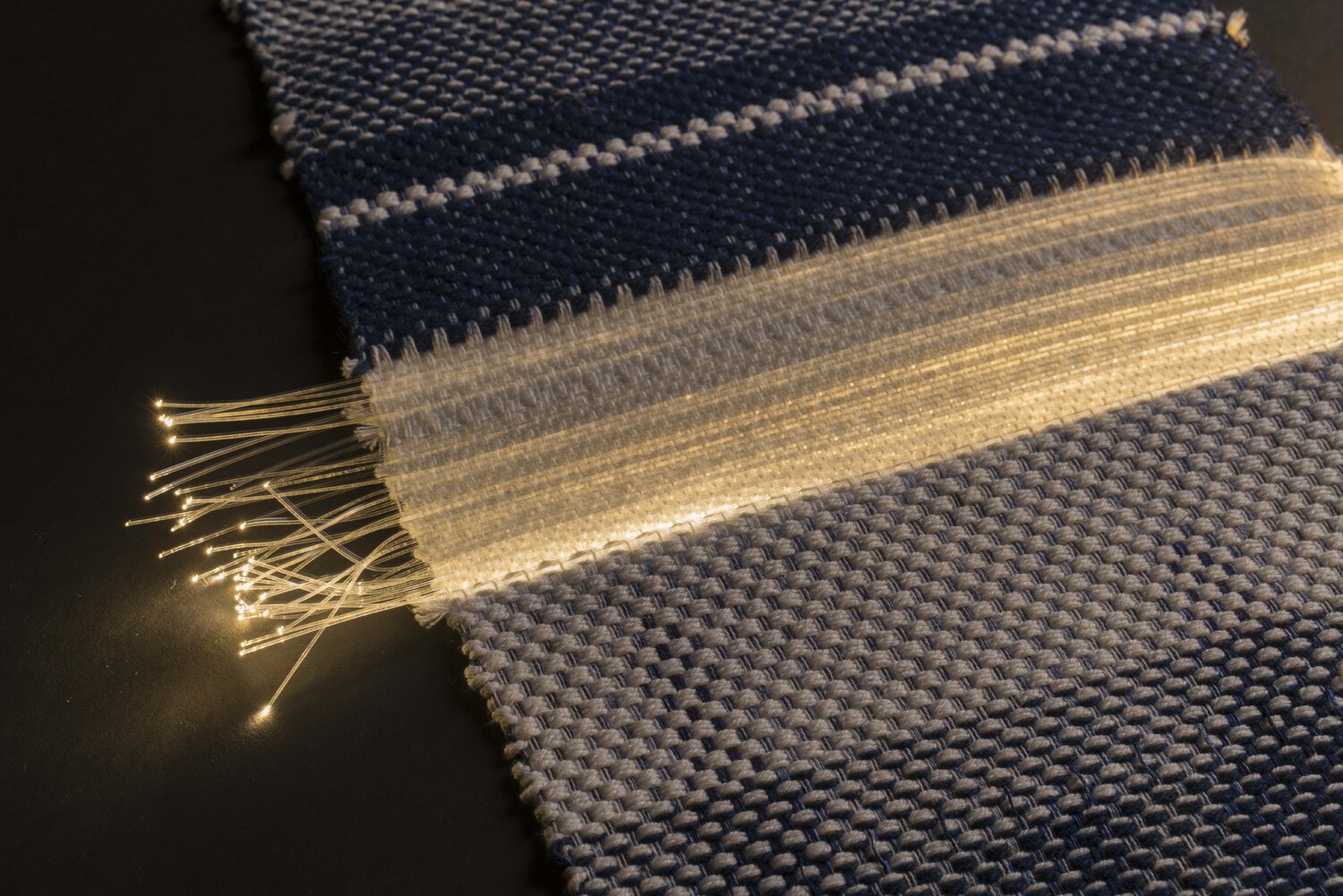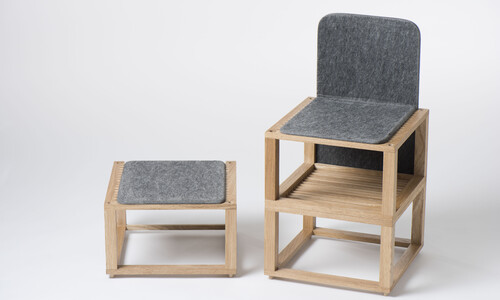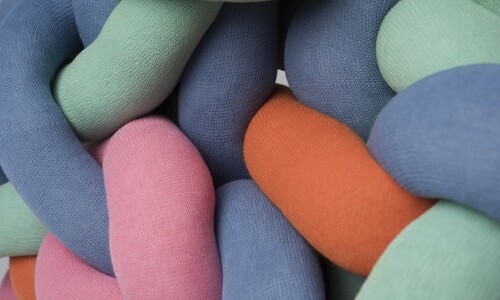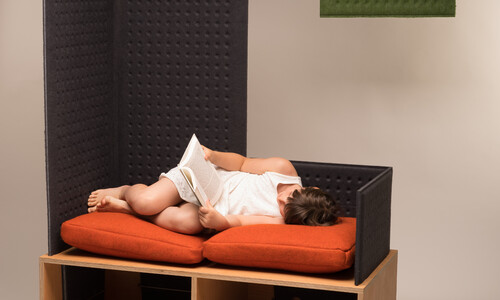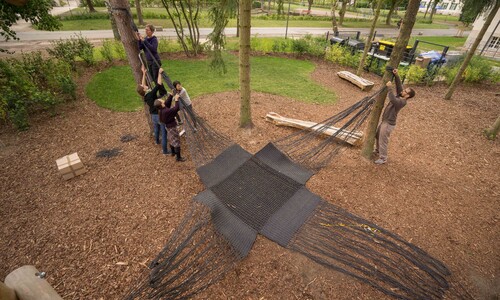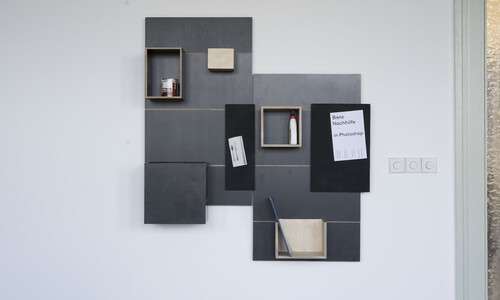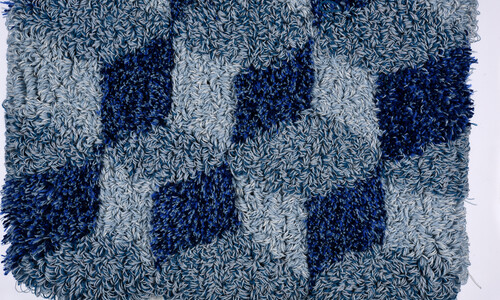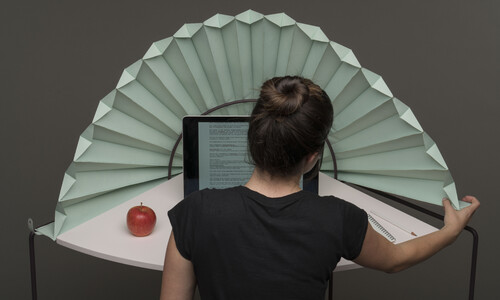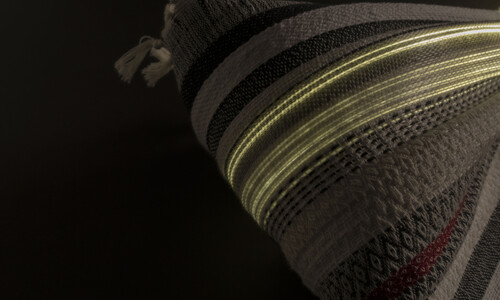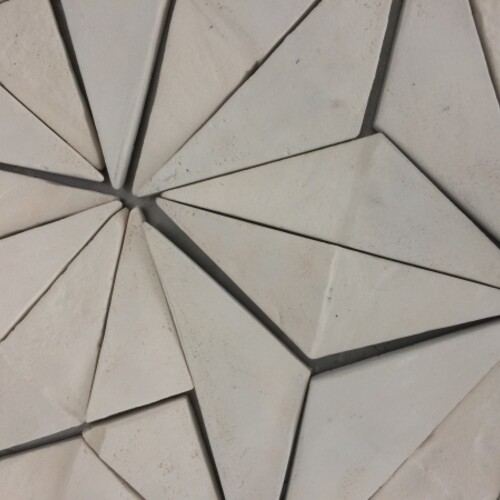The project “unsichtbar” emerged from the intention to develop a textile that creates its own form of visibility for both visually impaired and sighted users. The focus of the work is particularly on combining various components of visibility so that the textile design provides subtle yet clear orientation elements for spatial perception to both visually impaired and sighted users.
Visually impaired people are often not considered in a designer’s process, as they represent a very small target group and are assumed to see almost nothing. In everyday life, their needs often center around acoustic or tactile feedback. However, a closer examination reveals that visually impaired people can see—just in a different way. They often perceive objects only in vague outlines, and colors are only distinguishable with strong brightness contrasts. Nevertheless, it is not impossible to integrate them into the design process.
Through discussions with visually impaired users, three key components of visibility became clear: color contrast, size, and light. In the project “Invisible,” these design criteria are combined in a textile to function effectively for both sighted and visually impaired users. For visually impaired users, the goal is to allow them to perceive the textile and its design elements without any aids. To achieve this, large-scale woven stripe patterns were developed, which appear patterned to sighted users but form strong color and brightness contrasts in adjacent areas for visually impaired users. The scale of the patterns was designed so that they could be easily recognized despite blurred vision.
To further support visibility, even under low-light conditions, integrated fiber optic threads provide illumination. The spatial division created by the room dividers is thus intuitively perceived and used equally by both sighted and visually impaired users.
In this way, the orientation function is shifted to a subtle “invisible” layer, ensuring that different user groups are not separated and that visual orientation in the space is egalitarian.

